

— Blogs —
—Products—
 Consumer hotline +8618073152920
Consumer hotline +8618073152920 WhatsApp:+8615367865107
Address:Room 102, District D, Houhu Industrial Park, Yuelu District, Changsha City, Hunan Province, China
Product knowledge
Time:2024-10-06 14:20:14 Popularity:328
Automatic weather observation station is a kind of weather monitoring system that can automatically collect, process and transmit weather data without human intervention. Through the integrated high-precision sensors, data loggers and communication equipment, it can realize 24-hour uninterrupted weather observation and send the data to the weather center or other receiving platforms in real time or on a regular basis, providing real-time and accurate data support for scientific research, weather forecasting, agricultural management, traffic safety and other fields.
Automatic Weather Observation Station, i.e. Automatic Weather Observation Station, is a device that can observe, collect, store and transmit weather data automatically. The following is a detailed analysis of its sensors, features, functional value, differences with other weather stations and application scenarios:
 |  |  |  |  |
| Anemometer Wind Speed sensor | Wind direction sensor | Tipping bucket rain gauge sensor | Tipping bucket rain gauge sensor | Piezoelectric Rain Gauge |
 |  |  |  |  |
| Atmospheric Temperature Humidity air pressure Sensor | ultrasonic wind speed and direction sensor | 5 in1 Ultrasonic Weather Station Sensor | All-in-One Weather Station | 7 in1 Ultrasonic Weather Station Sensor |
 |  |  |  |  |
| Solar Radiation Sensor | Solar Radiation Sensor | Photosynthetically Active Radiation Sensor; | illumination sensor | Ultrasonic Snow Depth Sensor |
 |  |  |  |  |
| Noise measurement sensor | CO2 sensor | PM2.5 and PM10 sensors | Visibility sensors | Soil Moisture Temperature sensor |
Automatic Weather Observation Stations are usually equipped with a variety of sensors to monitor different weather elements. These sensors include but are not limited to:
1. Temperature Sensors: Used to measure the ambient temperature, usually using a platinum resistance temperature sensor, usually expressed in degrees Celsius (°C) or degrees Fahrenheit (°F).
2. Humidity Sensor: Used to measure ambient humidity, commonly a moisture-sensitive capacitive humidity sensor, essential for weather forecasting and environmental studies, usually expressed as a percentage (%RH).
3. Barometric Pressure Sensors: Used to measure atmospheric pressure, common types include vibrating cylinder barometric pressure sensors and membrane box capacitance barometric pressure sensors, usually expressed in hectopascals (hPa) or millibars (mbar).
4. wind speed sensor: used to measure wind speed, commonly used wind cup wind speed sensor, usually in meters per second (m/s) or kilometers per hour (km/h) that.
5. Wind direction sensor: Used to measure wind direction, single-wing wind direction sensor is a common choice, usually expressed in terms of angle (e.g. north, east, south, west).
6. Rainfall Sensor/Precipitation Sensor: Used to measure precipitation, tipping bucket rain sensor is a common type, usually expressed in millimeters (mm).
7. Soil Temperature and Moisture Sensors: Used to measure soil temperature and moisture, soil temperature is usually expressed in degrees Celsius (°C), and soil moisture can be expressed in terms of volumetric water content (volumetric water content) or soil moisture tension, which is used in agriculture for precision irrigation and soil management.
8. UV Sensor: Measures the intensity of ultraviolet light, usually expressed as the UV Index.
9. Light Intensity Sensor: Assesses light levels.
10. Solar Radiation Sensor: Measures solar radiation or total radiation, useful for solar power and climate research, usually expressed in Watts per square meter (W/m²).
11. Other sensors: such as visibility sensors to measure atmospheric visibility, carbon dioxide sensors, etc., are added according to specific needs.
High degree of automation: Automatic weather observation station can automatically complete the collection, storage and transmission of weather data without human intervention.
Real-time monitoring: the sensors can collect weather data in real time to ensure the timeliness and accuracy of the data.
Multi-parameter monitoring: equipped with a variety of sensors, it can monitor multiple meteorological parameters at the same time and provide comprehensive meteorological information.
Data Recording and Processing: Equipped with data logger and processing system, it can automatically record data and carry out quality control and correction.
Data transmission and sharing: support wireless or wired data transmission, able to transmit data to data center or user terminal in real time to realize data sharing.
High accuracy: Ensure the accuracy of data, which is crucial for precision agriculture, aviation safety, etc.
Protective design: Adopt all-weather protective box and radiation-proof ventilation cover to protect the sensor from extreme temperature, humidity, wind and sand.
Anti-corrosion and lightning protection: the design of the equipment considers anti-corrosion and lightning protection to ensure stable work in bad weather.
Durable materials: Use high quality materials to enhance the durability and impact resistance of the equipment.
Backup Power: Equipped with solar panels and storage batteries to ensure continuous operation even in the event of a power failure.
Automation: 24-hour uninterrupted automatic monitoring improves the continuity and immediacy of data collection.
Adaptable: Suitable for a variety of environments, including remote and harsh conditions, reducing the need for maintenance.
Remote monitoring: Through wireless transmission technology, data can be sent to the data center in real time, facilitating remote analysis and decision-making.
- Data Acquisition: Sensors monitor meteorological parameters in real time and the data is received and processed by the collector. The collector usually has high sampling rate and algorithm to ensure the accuracy and real-time data.
- Data Processing: The data logger processes the raw data, such as calibration, calculation and formatting.
- Data storage: The collected data is first stored in the local data memory in case of transmission interruption.
- Transmission: Data is uploaded to the monitoring platform or server via 4G, Ethernet or customized wireless transmission technology (e.g. NB-IoT, LORA). Communication protocols such as ModBus-RTU are supported to realize seamless connection with monitoring software. Transmission can be done in real time or in batch at set intervals (e.g. hourly or daily).
- Data Processing and Sharing: On the monitoring platform, data are analyzed, visualized, and can be exported on demand or displayed through electronic maps and large screens for users to view and analyze remotely.
Through these steps, the automatic weather station is able to realize efficient and reliable data collection and transmission, providing important support for weather monitoring, forecasting and research.
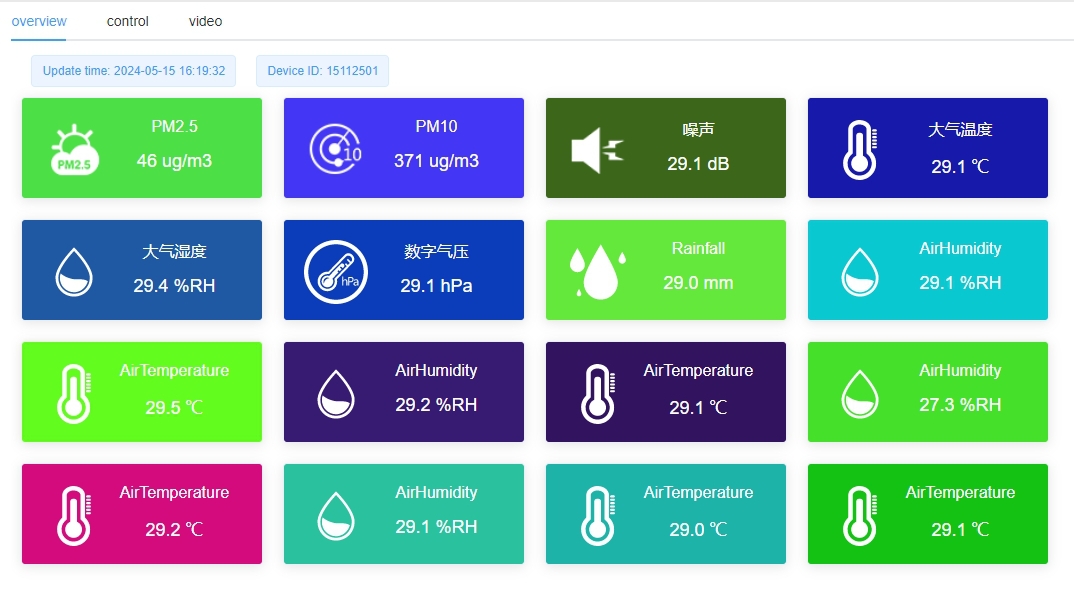
Weather forecasting: Provide a large amount of real-time and accurate data support for weather forecasting, and improve the accuracy of forecasting.
Agricultural production: Help farmers to accurately grasp the meteorological conditions of the growing environment of crops and realize scientific cultivation.
Transportation: Provide real-time weather information for flights, ships and highway traffic to ensure traffic safety.
Environmental protection: Monitor air quality, precipitation conditions and other environmental indicators to provide data support for environmental protection.
Support scientific research, such as climate change monitoring.
Optimize the decision-making process in agriculture, transportation, energy and other industries.
Improve the efficiency of disaster response and emergency management.
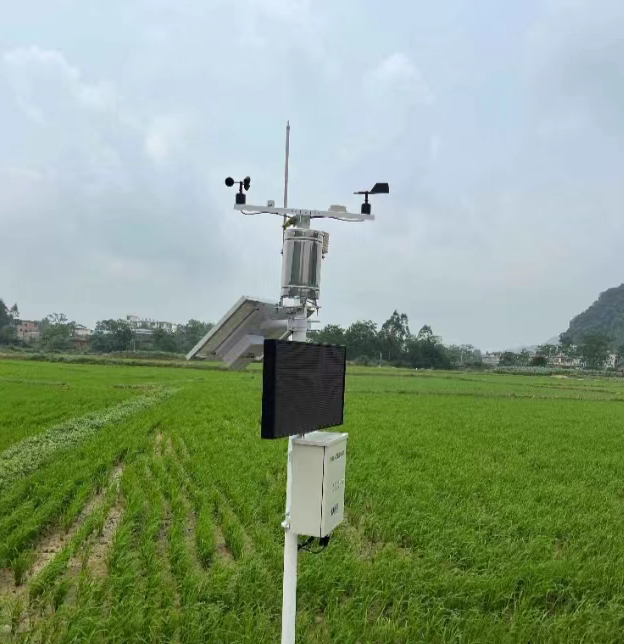
Degree of automation: Automatic weather observation station has a higher degree of automation compared with traditional weather stations, which can automatically complete the data collection, storage and transmission, reducing manual intervention and errors.
Data transmission method: Automatic weather observation station usually adopts wireless or wired data transmission, which has higher data transmission efficiency and accuracy than the manual transcription and telephone transmission of traditional weather station.
Monitoring range: Automatic weather observation stations are able to monitor multiple weather parameters at the same time, providing comprehensive weather information, while traditional weather stations may only be able to monitor a limited number of weather parameters.
Targeting: Automatic weather stations for commercial or industry-specific applications may focus more on the monitoring of specific parameters, while research or public weather stations pursue comprehensiveness and long-term data records.
Size and complexity: Commercial stations may be smaller, more flexible and easier to deploy, while larger weather stations may contain more advanced equipment and research-grade sensors.
Customization: Commercial stations often offer customized solutions to meet specific user needs.
Range of applications: Automatic weather stations are suitable for a wider range of applications, including remote and harsh environments.
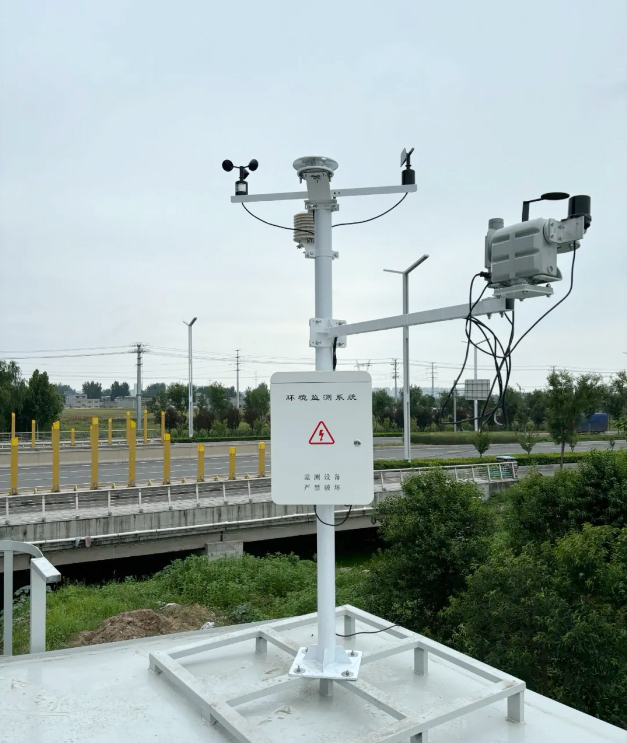
The following measures are usually taken to ensure the proper functioning of automatic weather stations in severe weather:
1. Protective measures: Sensors and equipment are usually mounted in protective cases to protect against water, dust, corrosion and ultraviolet rays.
2. weather-resistant materials: materials and components are used that are able to withstand extremes of temperature, humidity, wind and precipitation.
3. Heaters: in cold regions, sensors and equipment may be equipped with heaters to prevent icing.
4. Backup Power: Equipped with solar panels or batteries as a backup power source to ensure that the system can still operate in the event of a power outage.
5. Self-diagnosis and fault alarm: the system is equipped with self-diagnostic function, which can alarm in time when there is a fault, so as to facilitate maintenance.
6. Remote monitoring and maintenance: through the remote communication system, real-time monitoring and remote maintenance.
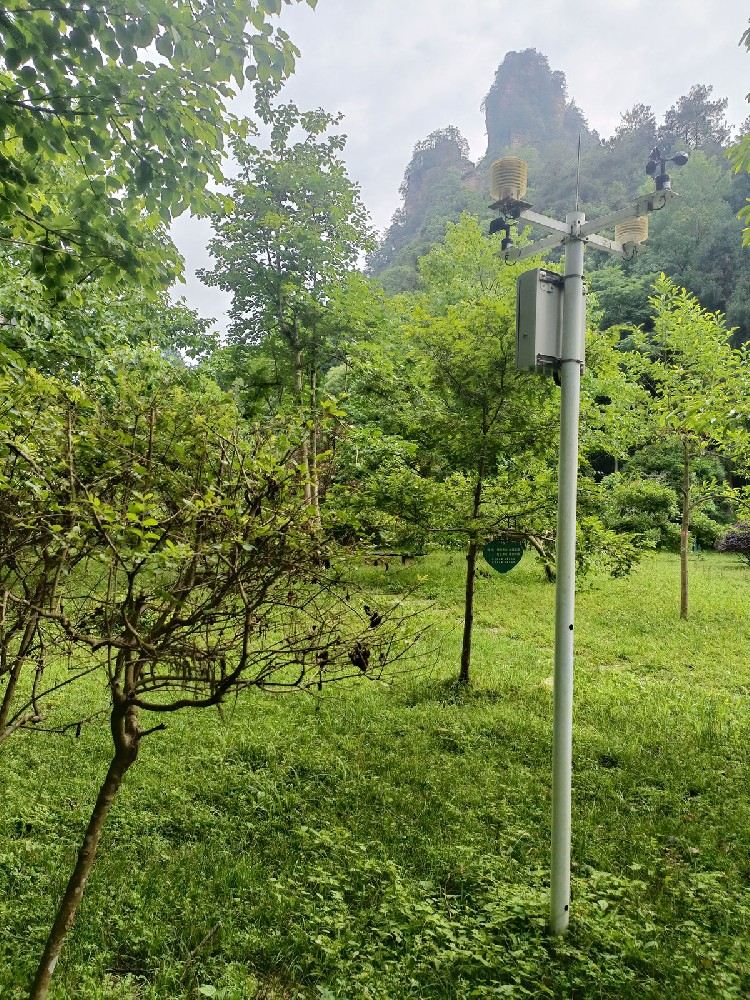
Meteorological department: used for weather forecasting and climate change monitoring.
Agricultural field: to help farmers rationally arrange farming activities and improve the yield and quality of crops.
Transportation: Provide real-time weather information for flights, ships and highway traffic to ensure traffic safety.
Environmental protection: monitoring air quality, precipitation and other environmental indicators to provide data support for environmental protection work.
Urban planning: to help cope with extreme weather events.
Energy management: efficiency optimization of wind and solar power generation.
Marine and Coastal Areas: Monitoring marine weather conditions to prevent storms and floods.
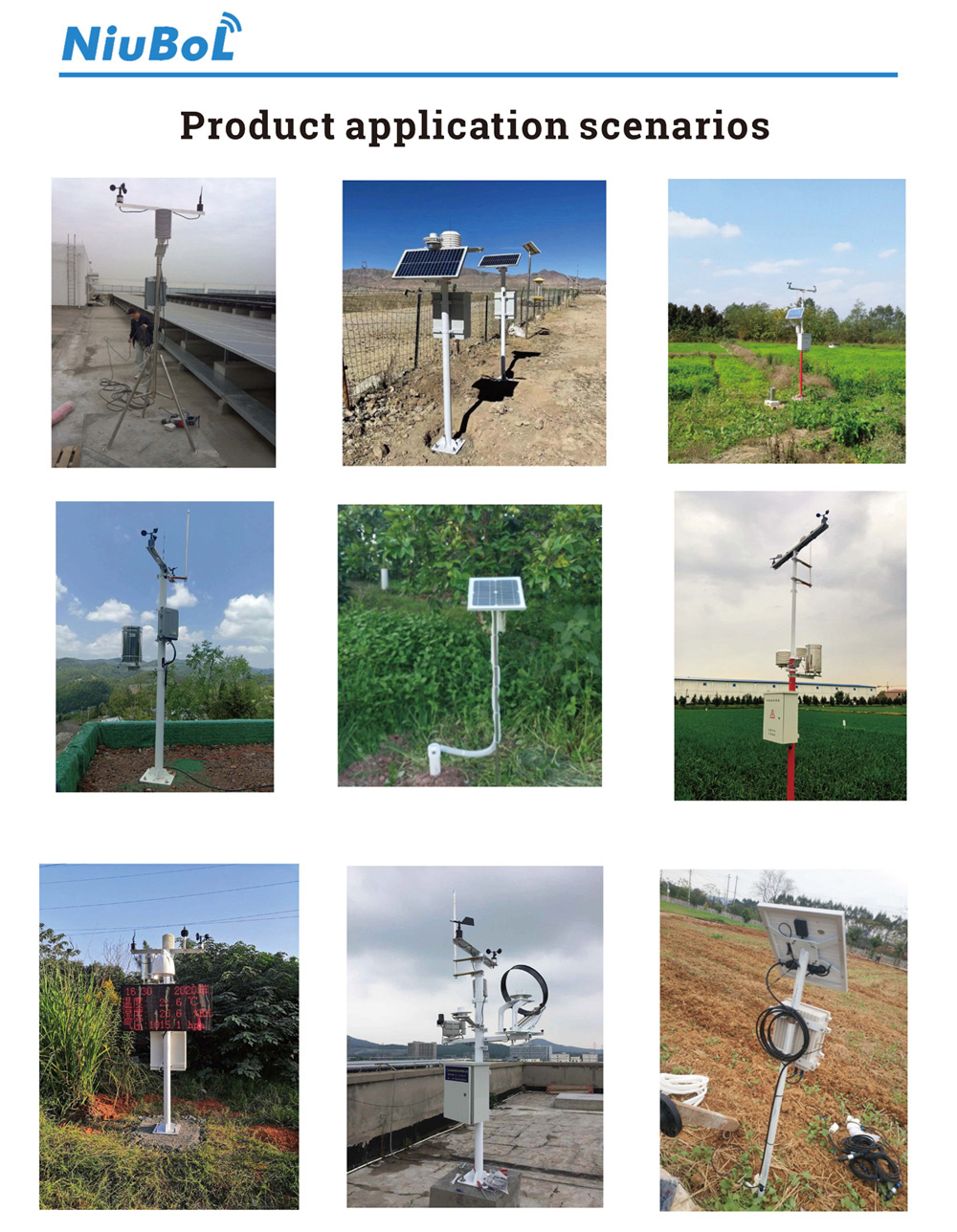
Summary
Automatic Weather Observation Station is a highly automated, multi-parameter monitoring meteorological equipment with functional values such as real-time monitoring, data recording and processing, data transmission and sharing. Compared with traditional weather stations, it has a higher degree of automation, data transmission efficiency and monitoring range. It has a wide range of application prospects in the fields of weather forecasting, agricultural production, transportation and environmental protection.
Related recommendations
Sensors & Weather Stations Catalog
Agriculture Sensors and Weather Stations Catalog-NiuBoL.pdf
Weather Stations Catalog-NiuBoL.pdf
Related products
 Combined air temperature and relative humidity sensor
Combined air temperature and relative humidity sensor Soil Moisture Temperature sensor for irrigation
Soil Moisture Temperature sensor for irrigation Soil pH sensor RS485 soil Testing instrument soil ph meter for agriculture
Soil pH sensor RS485 soil Testing instrument soil ph meter for agriculture Wind Speed sensor Output Modbus/RS485/Analog/0-5V/4-20mA
Wind Speed sensor Output Modbus/RS485/Analog/0-5V/4-20mA Tipping bucket rain gauge for weather monitoring auto rainfall sensor RS485/Outdoor/stainless steel
Tipping bucket rain gauge for weather monitoring auto rainfall sensor RS485/Outdoor/stainless steel Pyranometer Solar Radiation Sensor 4-20mA/RS485
Pyranometer Solar Radiation Sensor 4-20mA/RS485
Screenshot, WhatsApp to identify the QR code
WhatsApp number:+8615367865107
(Click on WhatsApp to copy and add friends)